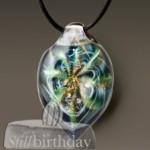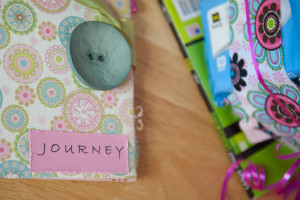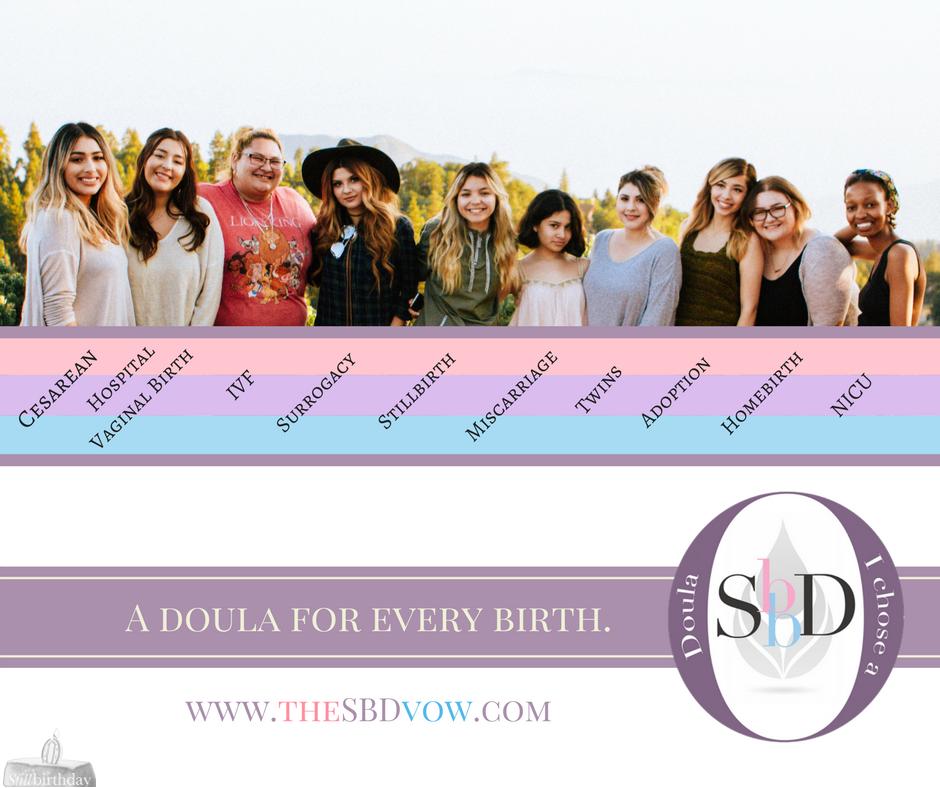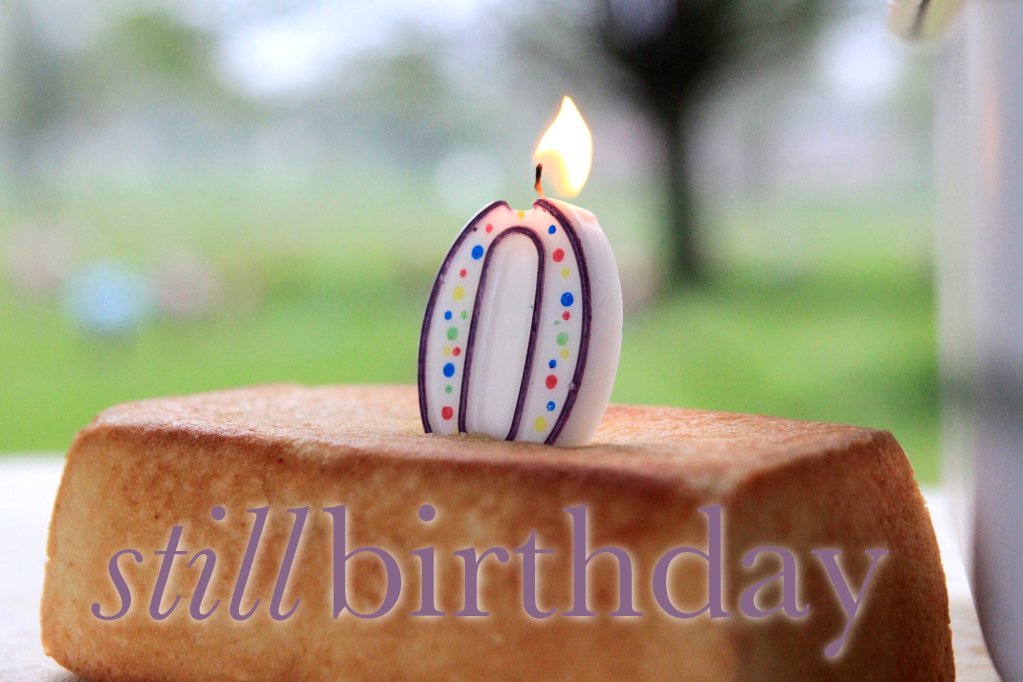Here is a list of memorial jewelry. Please visit our Farewell Celebrations and our keepsakes sections for more ideas.
- B’earth Angel
- Handmade Jillry (including remembrance belly ring)
- La Belle Dame
- Shine On Brightly (cremation jewelry)
- Passages Memorial Jewelry (cremation & lock of hair)
- Tiny Dreams Shop
- “Rainbow Baby” Locket (and other jewelry)
- Personalized Custom Creations
- Kathy Lo Rocks
- Ink Print Silver Jewelry
- Remembering Heart
- Mommy Memoirs Jewelry
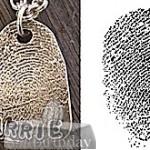
- BugABoo
- Sue-Ella’s Signature Designs
- Incorporate your baby’s birthstone into a special piece.
- Origami Owl allows you to create a customized locket.
Please visit our Farewell Celebrations for more ideas.
